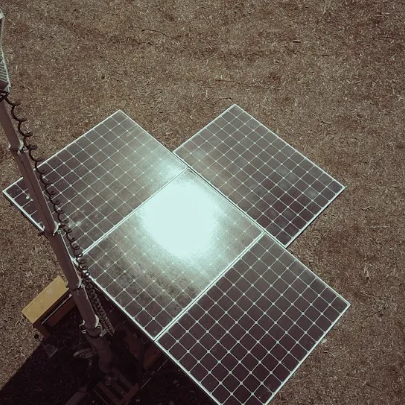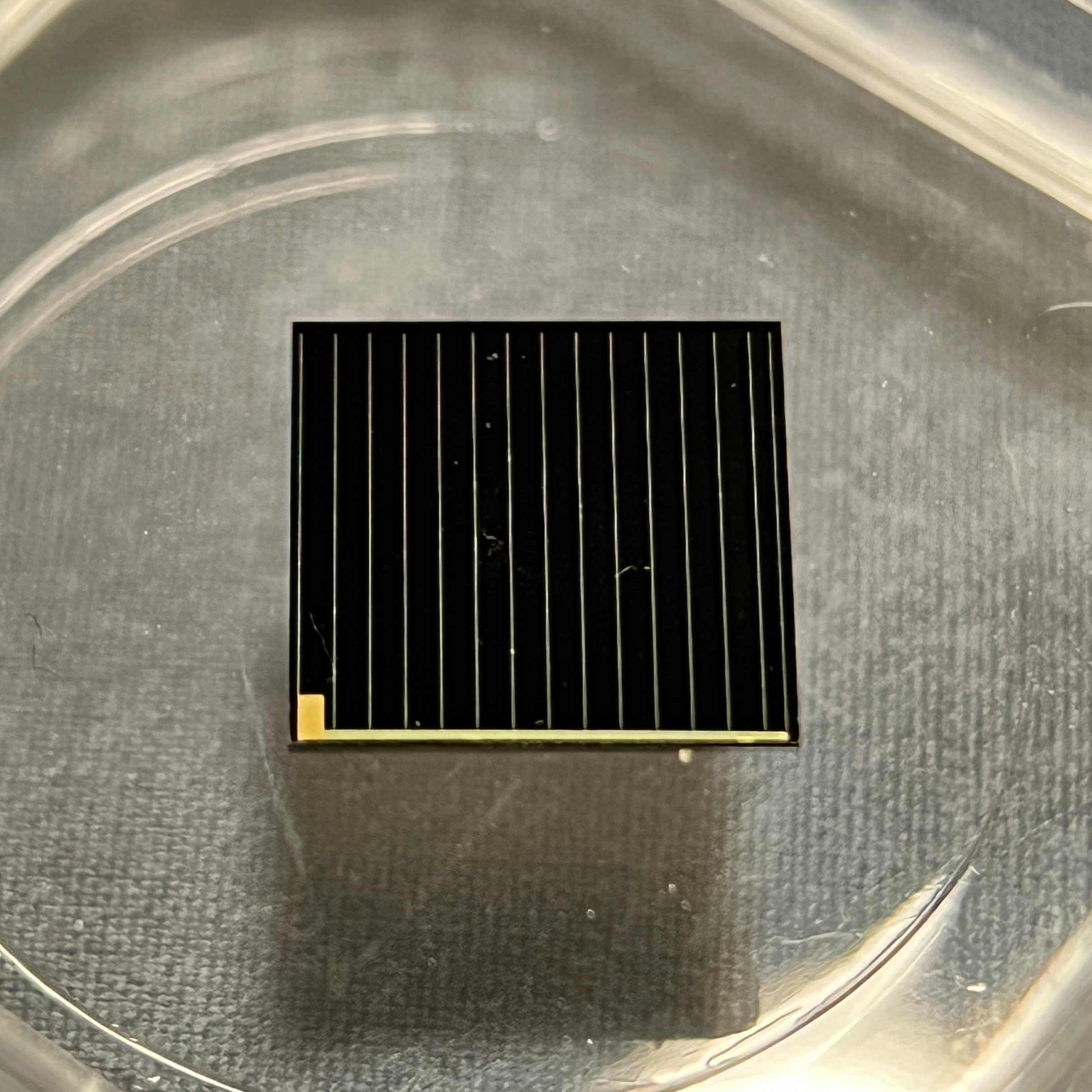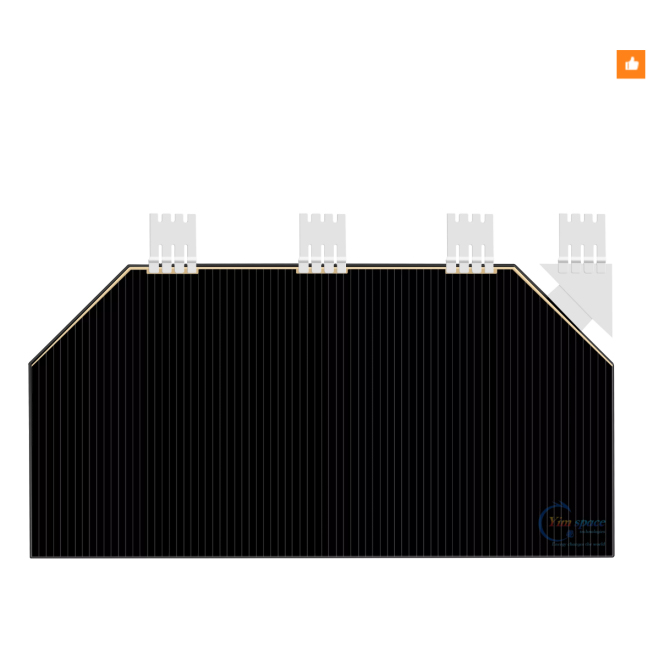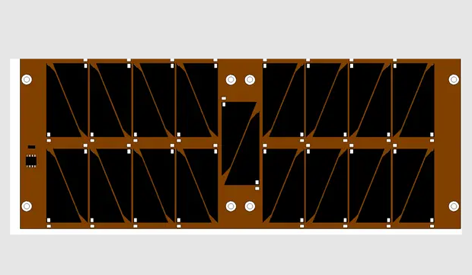
2025-07-09
Image Source: pexelsPerformance and reliability are very important for space solar cells. The space environment is harsh and has extreme temperatures. There is also radiation and vacuum in space. Engineers use technical standards to keep quality the same. These standards help make sure the cells wor
Read More

2025-06-19
Deep space missions use nuclear batteries for steady power far away from the Sun. Space Solar Cells do not work as well when they get farther from the Sun. Engineers look for new answers because sunlight gets weaker in deep space. Efficiency, how long it lasts, safety, and reliability help decide wh
Read More

2025-06-19
You benefit from wildlife tracker solar cell technology in three key ways:You get longer device lifespan and continuous data, even in tough environments.You minimize stress on animals because the trackers stay lightweight and small, often under 5% of an animal’s body weight.You support eco-friendly
Read More

2025-06-19
Space Solar Cells work in extreme conditions far beyond Earth's atmosphere. They face intense radiation, temperature swings, and a vacuum, while Earth-based solar panels deal with weather, dust, and changing sunlight. Engineers select materials and designs for each environment. These choices impact
Read More

2025-06-19
Space solar cells are the cornerstone of powering satellites and spacecraft across various orbits, from Low Earth Orbit (LEO) to deep-space missions. Among the many technologies available, Gallium Arsenide (GaAs) solar cells stand out for their high efficiency, superior radiation resistance, and excellent power-to-weight ratio.
Read More

2025-06-19
In the rapidly evolving field of space exploration, one of the most critical components for mission success is a reliable and efficient power source. Space solar cells have become the backbone of power generation for spacecraft, satellites, and probes.
Read More

2025-06-19
A space solar cell assembly is a fully integrated unit designed to convert sunlight into electrical power for spacecraft operating in the harsh environment of space. Unlike ordinary solar panels, these assemblies are engineered to withstand extreme radiation, temperature fluctuations, and mechanical stress encountered in Low Earth Orbit (LEO) and Geostationary Earth Orbit (GEO).
Read More

2025-06-19
One of the most critical challenges facing space solar cells is the harsh radiation environment in space. Unlike Earth, which benefits from the protective shielding of the atmosphere and magnetic field, space is filled with high-energy particles that can significantly degrade solar cell performance over time.
Read More

2025-06-19
In the ever-expanding field of space exploration, space solar cells have become an essential technology for powering a wide range of spacecraft. Traditionally, these high-efficiency photovoltaic devices have been primarily associated with satellites orbiting the Earth, where they convert sunlight into electricity to ensure continuous operation of satellite systems.
Read More

2025-06-15
Space Solar Cells: Powering the Future of Space StationsAs humanity expands its presence in orbit, space solar cells are emerging as a critical technology for sustainable energy generation on space stations. Unlike terrestrial solar panels, these specialized photovoltaic systems must withstand extre
Read More










